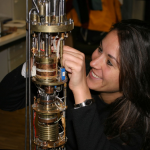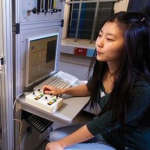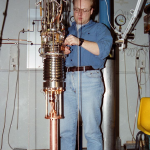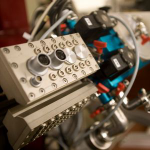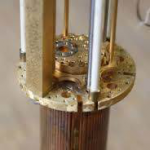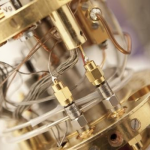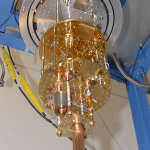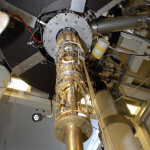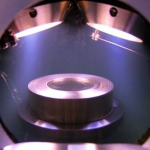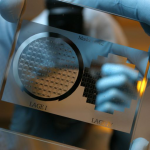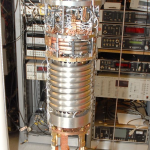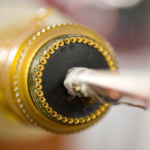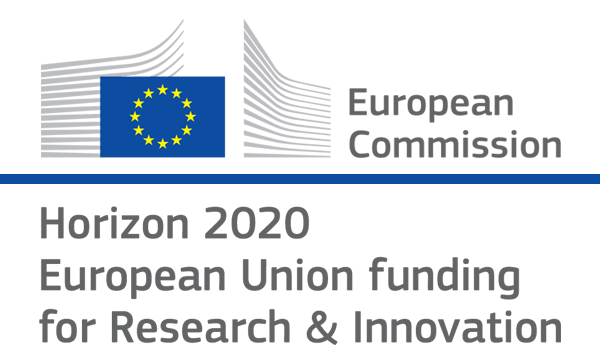

- Photon Transport in a Bose-Hubbard Chain of Superconducting Artificial Atoms
G. P. Fedorov et al., Phys. Rev. Lett. 126, 180503 (2021) - Path-Dependent Supercooling of the
He3 Superfluid A-B Transition
Dmytro Lotnyk et al., Phys. Rev. Lett. 126, 215301 (2021) - Superconductivity in an extreme strange metal
D. H. Nguyen et al., Nat Commun 12, 4341 (2021) - High-Q Silicon Nitride Drum Resonators Strongly Coupled to Gates
Xin Zhou et al., Nano Lett. 21, 5738-5744 (2021) - Measurement of the 229Th isomer energy with a magnetic micro-calorimeter
T. Sikorsky et al., Phys. Rev. Lett. 125 (2020) 142503
The CUORE cryostat: An infrastructure for rare event searches at millikelvin temperatures
C. Alduino, et al.The CUORE experiment is the world’s largest bolometric experiment. The detector consists of an array of 988 TeO2 crystals, for a total mass of 742?kg. CUORE is presently taking data at the Laboratori Nazionali del Gran Sasso, Italy, searching for the neutrinoless double beta decay of 130Te. A large custom cryogen-free cryostat allows reaching and maintaining a base temperature of ?mK, required for the optimal operation of the detector. This apparatus has been designed in order to achieve a low noise environment, with minimal contribution to the radioactive background for the experiment. In this paper, we present an overview of the CUORE cryostat, together with a description of all its sub-systems, focusing on the solutions identified to satisfy the stringent requirements. We briefly illustrate the various phases of the cryostat commissioning and highlight the relevant steps and milestones achieved each time. Finally, we describe the successful cooldown of CUORE.
Cryogenics 102, 9-21 (2019)
doi: 10.1016/j.cryogenics.2019.06.011
arxiv: https://arxiv.org/abs/1904.05745
